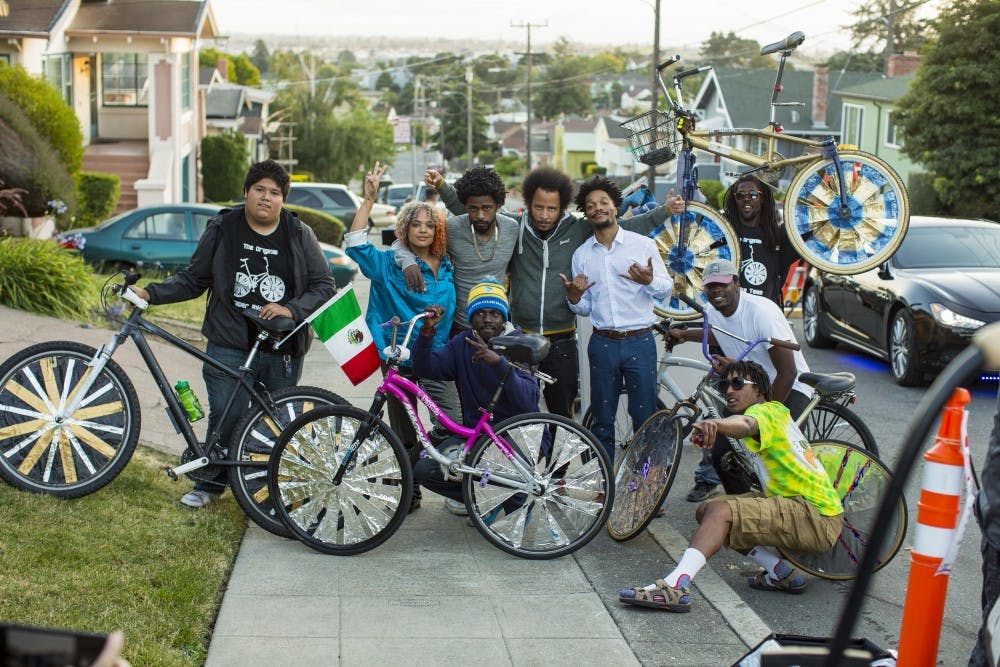Despite Hollywood ignoring minority contributions to film and, in some cases, actively creating hostile environments to creatives of color, films with racially diverse casts are crushing it right now. The success of recent films like Black Panther, Crazy Rich Asians, and Sorry to Bother You proves that audiences are eager for stories with racial diversity. What the success of these movies also shows is that audiences are willing to engage with another kind of diversity, more present but perhaps even harder to get right—socioeconomic diversity.
Two recent movies, in particular, spotlight the complicated subtleties of portraying class authentically on film, and how racial diversity can help. Crazy Rich Asians, the star–studded romantic comedy where the pivotal conflict centers around a Singaporean family’s incomprehensible wealth, has been drawing big crowds and grabbing headlines; as has Sorry to Bother You, a surreal comedy and commentary on capitalism that centers on a young man working at a call center in a warped, mirror version of Oakland. Both have featured casts that are majority non–white: Crazy Rich Asians is being heralded as the first blockbuster with an all Asian ensemble in years, while Sorry to Bother You features stars like Lakeith Stanfield, Tessa Thompson, and The Walking Dead’s Steven Yeun.
Before this moment, we’ve seen more class commentary on film than we have of race commentary. Even films as basic as children’s movies like Cinderella and Charlie and the Chocolate Factory convey simple messages about wealth like the importance of valuing intangible things like family and love over material objects. But incorporating more diversity into the narrative allows these classic storylines to become more nuanced. While Crazy Rich Asians shares its DNA with the classic Cinderella story, Constance Wu’s Rachel is not only first generation American. She also comes from a family where domestic violence drove her mother to move from China to America. The diversity of the film adds depth to a once typical storyline by highlighting different Asian experiences. Similarly, on its surface, Sorry to Bother You follows a simple, fairy–tale like arc—Stanfield’s Cash ventures outside of his world to pursue prosperity, encounters evil, and must fight it. However, the racially diverse cast combined with its biting dark comedy allows the film to explore current topics like viral media trends, gentrification, and the relationship between capitalism and dehumanization in America (literally).
But are the messages of these two films—Crazy Rich Asians with its over–the–top depictions of wealth, and Sorry to Bother You with its equally bold faced criticism of the corporate world—irreconcilable? Crazy Rich Asians, in particular, has faced backlash for portraying wealth in a way that is neither representative of a “universal” Asian experience nor bold enough when it comes to challenging the negative impacts of ultra–wealthy elites. But in a way, these films are two sides of the same coin. Sorry to Bother You is an outsider’s perspective on prosperity: any attempts to become part of the elite world prove unsuccessful and destroy those who try along the way. Meanwhile, Crazy Rich Asians isn’t an endorsement of the world of wealth; in the midst of lavish parties and large mansions, Rachel has to engage in her own struggle against the new social structures she finds herself trapped in. It is a criticism of the elite from the inside, and just because it has a rom–com happy ending doesn’t mean it isn’t subversive.
While they might seem nothing alike on the surface level, it’s worth noting the significance of both films coming out at the same time, drawing from the same cultural moment. The history of discrimination in America has often involved monetary hardships and barriers, as well as complications that accompany economic triumph for people of color, and diverse films can acknowledge and incorporate that. The success of these two movies demonstrates that when films are made by racially diverse teams and feature racially diverse casts, the door is often opened for even more narrative inclusivity, and better, smarter stories.

